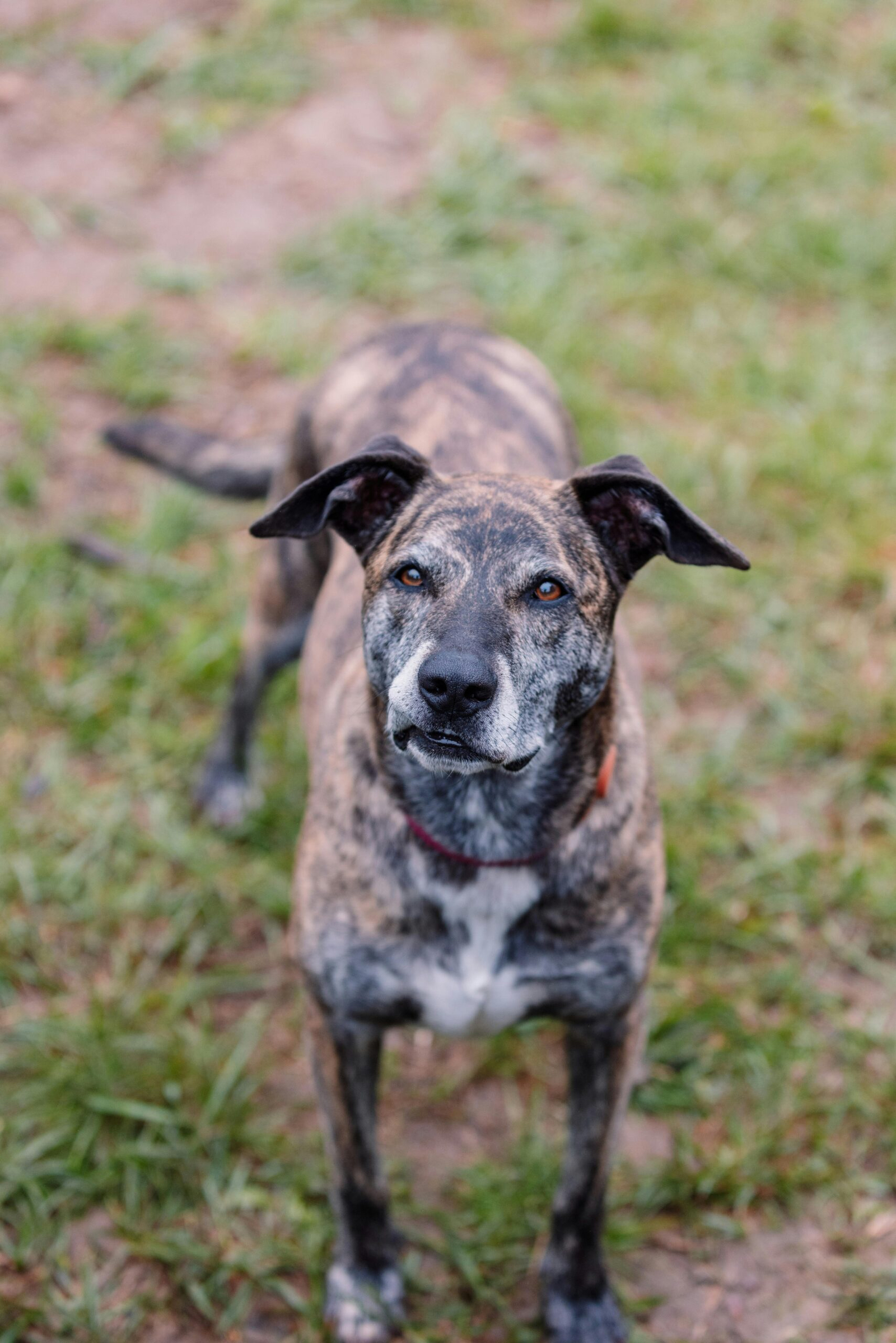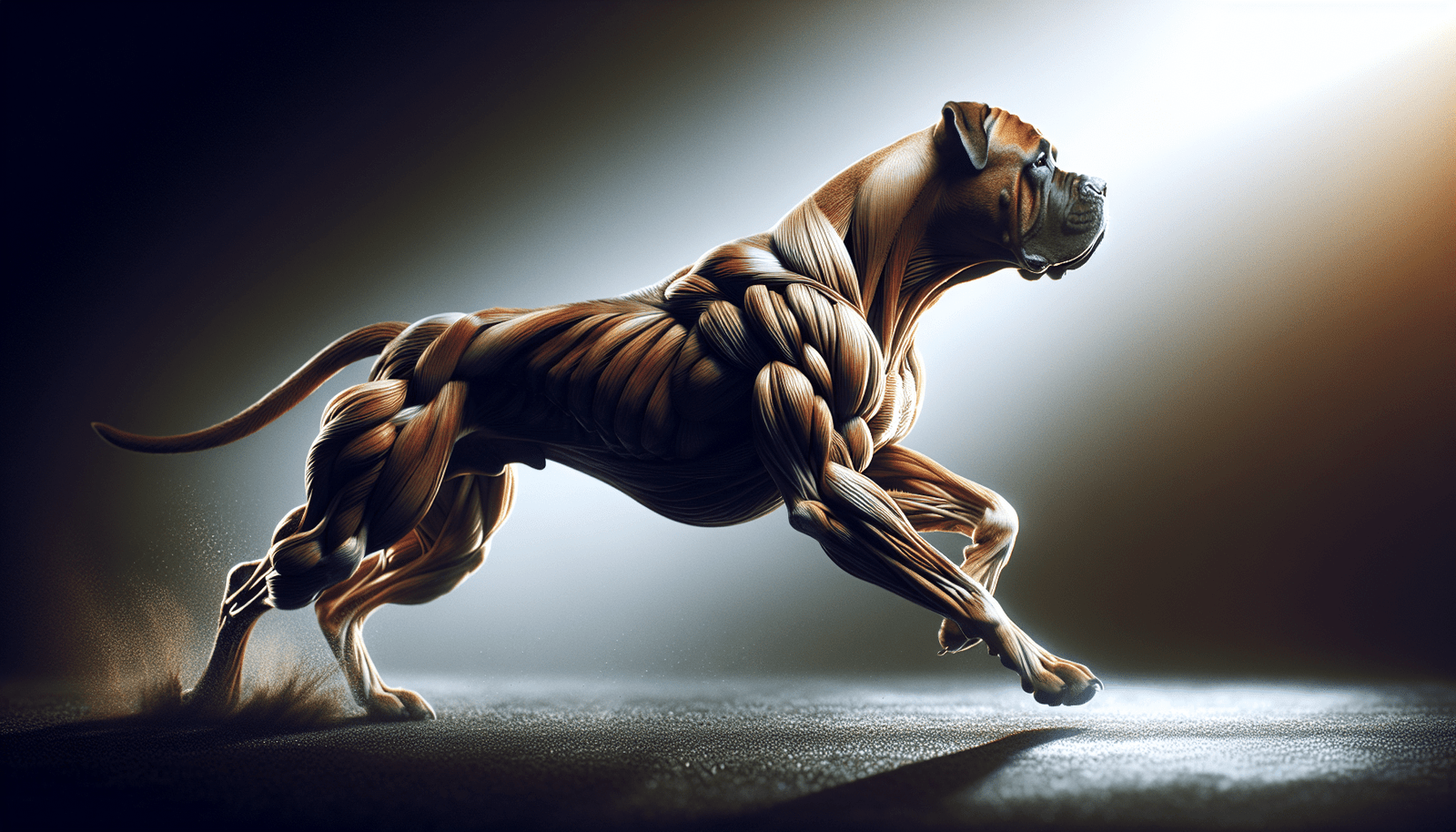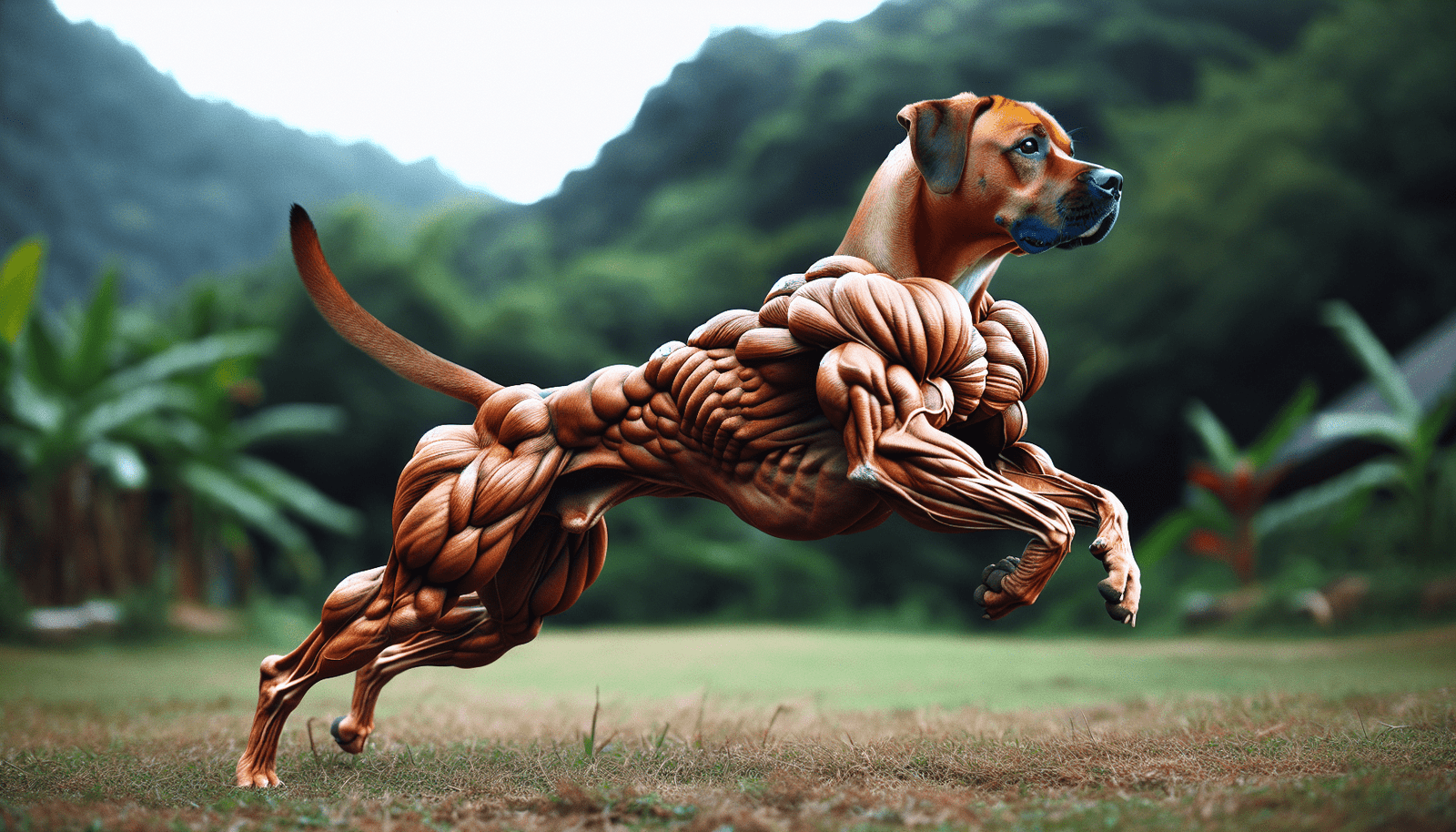A Comprehensive Guide on How to Build Your Dog’s Muscle
Whether you’re planning to let your furry friend compete in a dog show, or you simply want to improve your canine’s physique and overall health, learning how to build your dog’s muscle is essential. This comprehensive guide is designed to provide you a step-by-step approach to achieving this goal. Packed with expert-recommended tips and techniques, the guide will also cover and answer some frequently asked questions on the subject matter, ensuring that your journey to having a stronger, healthier dog will be as smooth as possible.
Understanding Dog Physiology
Just like humans, dogs also have a unique physiological structure that plays an influential part in their overall health and well-being. As a dog owner, having a fundamental understanding of your pet’s anatomy and physiology would help you plan and execute their muscle-building regime more effectively.
Learning about dog anatomy
Canine anatomy consists of several systems including the muscular, skeletal, and nervous systems. While all these systems are intricately connected and important, it’s crucial to understand the muscular system when considering muscle development. It’s essential to know how muscles work together when your dog moves, and how they can be strengthened through appropriate exercise and nutrition.
Gaining knowledge on dog breeds and muscle composition
All dogs are not created equal – and the same goes for their muscle composition. Different breeds have different muscle structures and abilities. For instance, Greyhounds are built for speed and are muscular with a much leaner composition, while St. Bernards are larger and stronger. These breed-specific factors should be taken into account when designing their exercise and diet plans.
Identifying dog age and growth factors
Age also plays a significant role in a dog’s muscle development. Puppies and younger dogs have higher energy levels and may gain muscle faster, while older dogs may need more focused training to maintain muscle. Moreover, each breed has a different growth timeline, so consider this factor too while planning their training regime.
Matching Diet to Energy Expenditure
Feeding your dog a well-balanced diet is crucial to maintain and enhance their muscle health. This doesn’t just mean providing them with more food, but also ensuring they’re getting the right nutrients.
Understanding dog diet requirements
Much like humans, dogs need a balanced diet consisting of proteins, carbohydrates, fats, vitamins, and minerals. Protein is fundamental for muscle growth as it aids in tissue repair and promotes muscle fiber growth.
Balancing protein sources for muscle development
While protein is important, not all protein is the same. It’s about balancing quality protein sources like lean meats, fish, and eggs with other nutritious foods. Remember, too much of one nutrient can disrupt the balance and lead to other health problems.
Choosing high quality dog food
Aside from the homemade food, there are plenty of high-quality dog foods on the market that are specially formulated to support muscle health. Look for those with ample amounts of high-quality proteins and avoid those with unnecessary fillers like corn and wheat.

Proper Hydration and Rest
Just like for humans, water is essential for dogs’ bodily functions and muscle health. Also, rest is incredibly important for muscle recovery and growth.
Importance of hydration during muscle building
Hydration is essential for maintaining your dog’s muscle health as it transports the essential nutrients to their muscles. Make sure they always have access to fresh clean water, especially during and after exercise.
Understanding sleep and its role in muscle recovery
Rest is just as essential as exercise for dogs. During sleep, their body works to repair muscle tissues damaged during exercise, which is crucial for muscle growth.
Dealing with rest in active and hyperactive dogs
For very active or hyperactive dogs, enforcing rest might be difficult. Try engaging them in calm activities like chewing a safe toy to ensure they get enough downtime.
Regular Exercise for Muscle Development
Exercise is integral to muscle development. But, it should always be tailored to the dog’s specific needs.
Choosing the right type of exercise
Different types of exercises are designed to target specific muscles. From retrieval games, swimming to agility training, it’s about choosing the right combination that suits your dog’s breed, size, age, and health condition.
Tailoring exercise to the dog’s size and breed
A smaller breed might find a quick walk around the neighborhood adequate, while a larger breed may require more intense exercise for muscle buildup. Understanding your dog’s breed and its specific needs is vital to tailor a proper exercise plan.
Building an exercise routine
Consistency is key in any exercise routine. Gradually increase the intensity and duration of the exercise sessions to avoid injury and allow your dog’s body to adapt to the new regime.

Advanced Training Techniques
It’s not just about the basic exercises. As your dog becomes comfortable with the exercise regime, you can introduce them to more advanced training techniques.
Using weight vests for resistance training
Weight vests can help build muscle by adding resistance to their exercise. They should be introduced gradually, and the weight should never exceed 10% of your dog’s body weight.
Implementing agility training
Agility training is another great way to build muscle in dogs. It’s a fun way to exercise and it necessitates the use of almost all muscle groups.
Optimal use of flirt poles and spring poles
Poles can be a great way to give your dog a full body workout. Flirt poles are like giant cat toys that dogs chase, and spring poles involve a rope or toy hung from a springy pole that dogs can jump and pull on.
Importance of Vet Check-ups
Regular vet visits are vital to monitor your dog’s health throughout the muscle-building process.
Going for regular vet check-ups
These check-ups are essential to ensure that the exercise and diet regime is not having any adverse effects on your dog’s health.
Monitoring dog’s health throughout muscle building
Regular check-ups will also help to monitor any changes in your dog’s body and provide early detection of potential problems.
Consulting vet for personalized training program
Your vet is the best resource to provide a personalized training program as they understand your dog’s specific needs and potential health risks.

Use of Supplements in Building Muscle
Certain supplements can aid in muscle building, but they should always be used judiciously and under professional guidance.
Understanding the role of supplements
Supplements like amino acids can support faster muscle recovery. They might be beneficial if your dog has specific dietary needs or you find it challenging to meet all nutrient requirements through food.
Choosing the right supplements
Always consult with your vet before starting any supplement. They can recommend the most suitable ones based on your dog’s age, breed, and health condition.
Balancing diet with supplements
Remember, supplements are not a substitute for a balanced diet. They’re meant to bridge the nutrient gap and they should never form the primary part of your dog’s diet.
Recovery and Injury Prevention
Injuries can set back your dog’s progress, so it’s critical to take steps for their prevention and to promote recovery.
Identifying signs of strain and injury
Be observant and watch for signs like limping, decreased appetite, or lethargy. These could be the first signs that something isn’t right.
Applying proper recovery techniques
Rest and gentle massages can aid recovery. Also, always consult a vet if your dog has been injured during a workout.
Preventing common training injuries
Start with warming up before any strenuous exercise and cool down afterwards to prevent injuries. Also, observe the surfaces your dog is exercising on – they should be non-slippery and safe.

Incorporating Mental Stimulation
Training your dog’s mind can also help in their muscle development.
Ensuring a balanced mental and physical development
Activities that stimulate your dog’s mind can also stimulate their body. Interactive toys, puzzles, and skills training not only engage them mentally but provide a good physical workout too.
Importance of play and social interaction
Never underestimate the power of a good play session. Not only does it help improve your dog’s muscle tone, it also fulfills their social needs and prevents boredom.
Frequently Asked Questions
Finally, let’s take a look at some of the most commonly asked questions about building muscle in dogs.
Average time required for muscle development in dogs
A noticeable difference in muscle tone can usually be seen in as little as two weeks. However, truly substantial muscle development is a long-term endeavour that can take months or even years.
Understanding genetic factors in muscle growth
Genetics plays a significant role in your dog’s potential for muscle growth. While you can enhance their muscles with proper diet and exercise, the maximum size and power of those muscles are largely determined by their genetic makeup.
Role of breed in determining muscle potential
Different breeds have different muscle potentials. Some breeds are naturally more muscular, such as Mastiffs and Pit Bulls, while others are leaner, such as Whippets and Greyhounds.
In conclusion, building muscle in your dog is not merely about training but involves a comprehensive plan that combines a balanced diet, proper hydration, appropriate exercise, rest, and mental stimulation. Remember, every dog is unique and what works for one might not work for another. Always consult your vet before making significant changes to your dog’s routine or diet, and most importantly, remember to have fun while keeping your dog healthy and fit!


